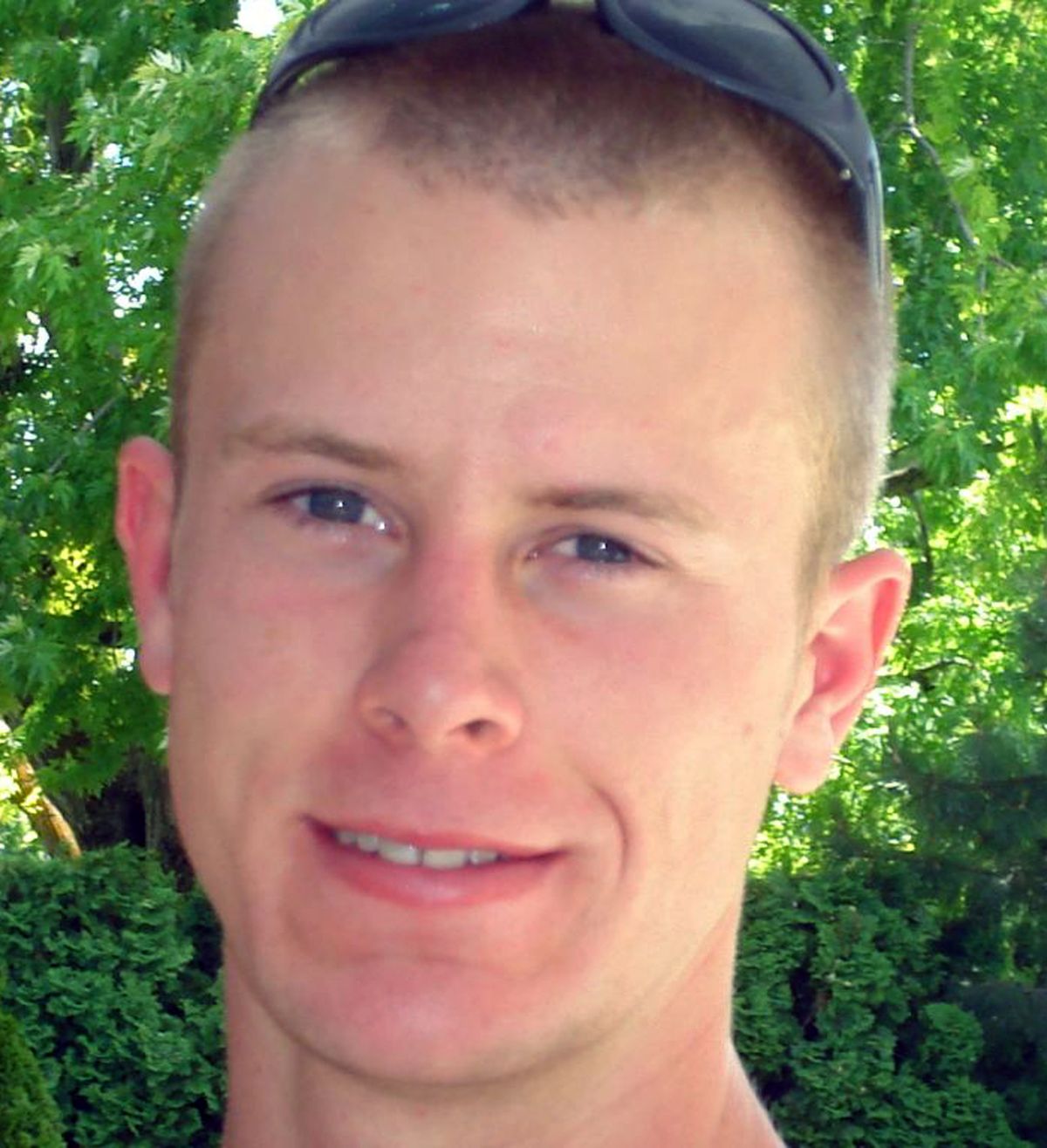Soldier’s Idaho town kept mum on Taliban capture

HAILEY, Idaho — Shortly after the first report two weeks ago that a U.S. soldier had been captured in Afghanistan, a small circle of people in this central Idaho town found out it was one of their own but kept it quiet.
Pfc. Bowe R. Bergdahl, a local family’s only son who was home-schooled, danced at the ballet school and rode his bike all over the town of 7,000, was in the hands of the Taliban.
Neighbors and others in the community about 10 miles south of Sun Valley have known for weeks that Bergdahl had been captured, but said the family urged them not to talk about the kidnapping out of fear that publicity would compromise his safety. Gov. C.L. “Butch” Otter told The Associated Press that he had been working to keep the soldier’s name quiet until it was officially released.
The Pentagon wasn’t talking either; all that Defense Department officials said in early July was that a U.S. soldier was believed in enemy captivity.
The 23-year-old Bergdahl was serving with a unit based in Fort Richardson, Alaska, earlier this month when he vanished, just five months after arriving in Afghanistan, officials said. He was serving at a base near the border with Pakistan in an area known to be a Taliban stronghold.
Only after Saturday’s Internet airing of a 28-minute video in which Bergdahl is shown captive and says he fears never going home again did Pentagon officials finally release his name. Some of Bergdahl’s friends and acquaintances are also slowly opening up, too, with permission from his father.
In an era where captives are valuable commodities in transactions of terror, secrecy is no accident. The New York Times had asked other media not to publicize the capture of reporter David Rohde. The Times reporter escaped in July after being held seven months by the Taliban.
Just as the Times didn’t report on Rohde before his escape, the Pentagon decided the best for Bergdahl was as little news as possible.
“The Department of Defense has always thought throughout this whole situation that we were going to do whatever we could possibly do with the safety of this soldier in mind,” said Lt. Col. Tim Marsano, an Idaho National Guard spokesman. “Efforts to secure his return are the primary consideration.”
In the video posted Saturday, Bergdahl confirms his name and hometown. The Pentagon confirmed his identity Sunday — nearly three weeks after he disappeared.
On July 2, two U.S. officials conceded a soldier had “just walked off” his base near the border with Pakistan with three Afghans after his shift, but wouldn’t release details. Four days later, the Taliban claimed “a drunken American soldier had come out of his garrison” and was captured by mujahedeen.
Back home in Idaho, residents of Bergdahl’s tight-knit mining-town-turned-resort community worked to keep tight the circle of those who knew of the hostage crisis.
In fact, some neighbors who learned about Bergdahl’s plight the old fashioned way — down at the cafe, perhaps, or via a discreet phone call — said Sunday they were respecting the wishes of the Bergdahls by not speaking publicly. The family, described as deeply private, lives about five miles west of Hailey on a remote gravel county road. Out front, a cardboard-and-ink placard wired to the chained and locked front gate reads “No visitors.”
One neighbor just down the road ordered reporters off his property, threatening violence.
The governor, along with Idaho’s congressional delegation, said Sunday he only learned of Bergdahl’s captivity days earlier, but opted to keep the soldier’s name quiet until it was officially released.
Sue Martin, owner of Zaney’s River Street Coffee House where Bergdahl poured espressos before enlisting in the Army in 2008, had installed a sign on the front counter urging people to keep “Our friend who has been captured in Afghanistan” in their thoughts and prayers.
But she didn’t use his name and later removed the sign, partly out of concern that the Bergdahls were against it.
It was only after getting their permission Sunday that Martin spoke about the young man, whom she said shared friendly banter with regulars there for their morning shot of brew.
Martin has also returned the sign to the front counter — this time with Bergdahl’s full name — along with a large yellow placard taped to the front window that reads “Get Bowe Back.”
“It was in light of concern for Bowe’s well-being,” Martin said. “If the military wasn’t releasing his name, we didn’t feel we should be releasing it either.”